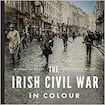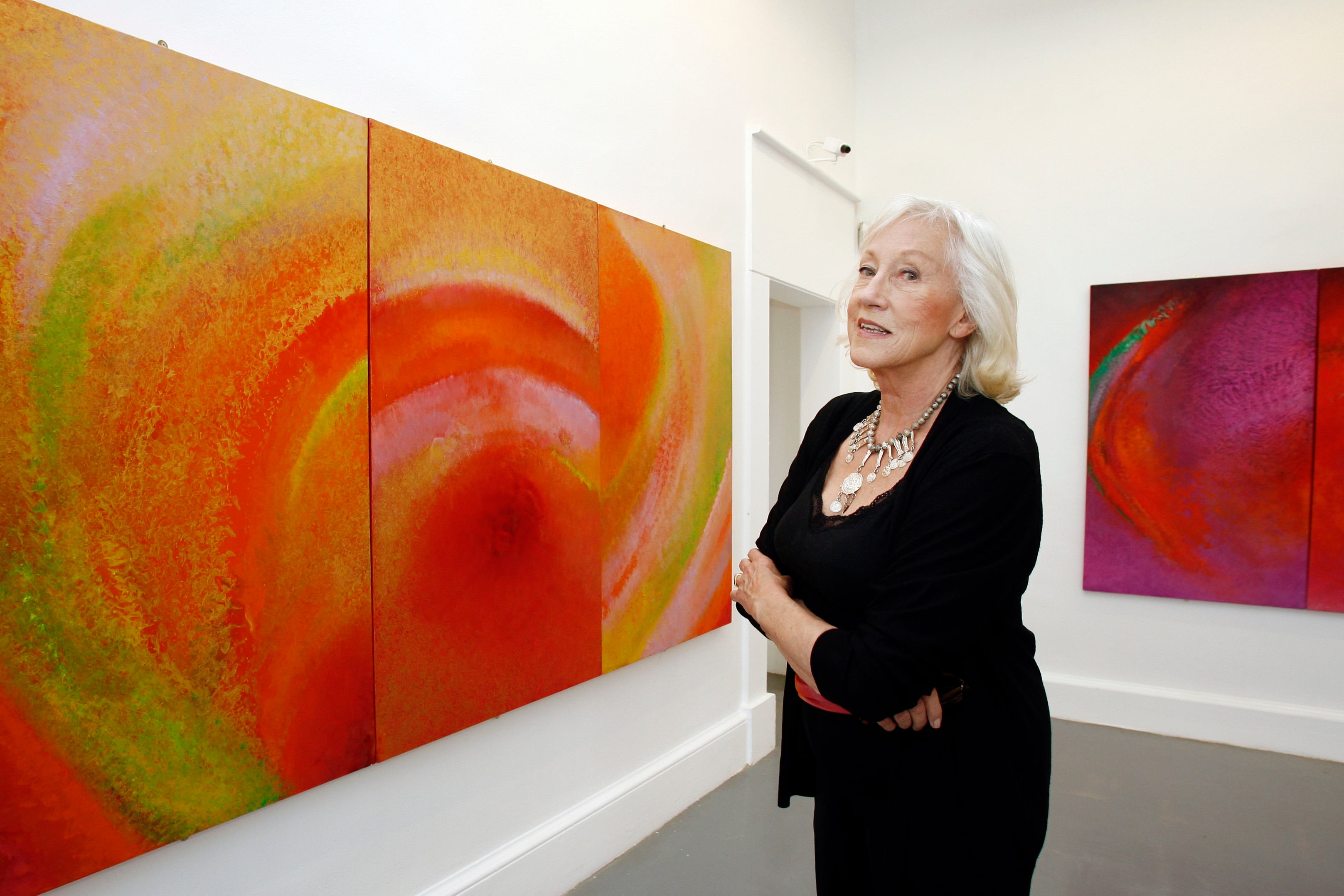
There is a rather odd argument, in my view, about the ethics and aesthetic of colourising black-and-white photographs.
The arguments for and against have been aired in The Irish Times. The argument for colourisation is that the subjects involved saw their lives in colour.
The counter-argument to colourisation is that it is interfering with original source material and the process is, by definition, a matter of guesswork.
The arguments have generally passed the public by given the phenomenal success of John Breslin and Sarah Anne Buckley’s Old Ireland in Colour and similar books.
READ MORE
The latest addition to the genre is The Irish Civil War in Colour. Michael Barry has expertly chronicled the Irish Revolution through the medium of photography in his books The Fight for Irish Freedom: An Illustrated History of the War of Independence and Fake News and the Irish War of Independence.
He is joined for his latest addition by professional photographer John O’Byrne. O’Byrne delivers a robust defence of colourisation, pointing out that no photograph can reproduce what the human eye sees. Therefore all photographs are by definition interpretations of what is seen through the lens.
O’Byrne explains that he uses Adobe Photoshop to select every colour segment instead of using artificial intelligence. “In this book no AI software has been used as in our view it results in a pasteurised or waxwork look.”
The result is a book full of startling images. It compels us to look again at the photographs we know well from the Civil War, most notably the anti-Treaty forces walking down Grafton Street, which is the cover image.
The deathbed image of Michael Collins is rendered in colour but so, too, are lesser-known images of anti-Treaty rebels who were killed in the Civil War, Cathal Brugha and Liam Lynch.
We live in an age of smartphones and DSLR cameras where everything and anything is photographed. Photography has never been so convenient, but digital images will never replace film as a medium capable of capturing the true essence of things.
The vivid faces in this book are a powerful testimony to the destructiveness of the Irish Civil War, a war as pointless as it was bitter.














